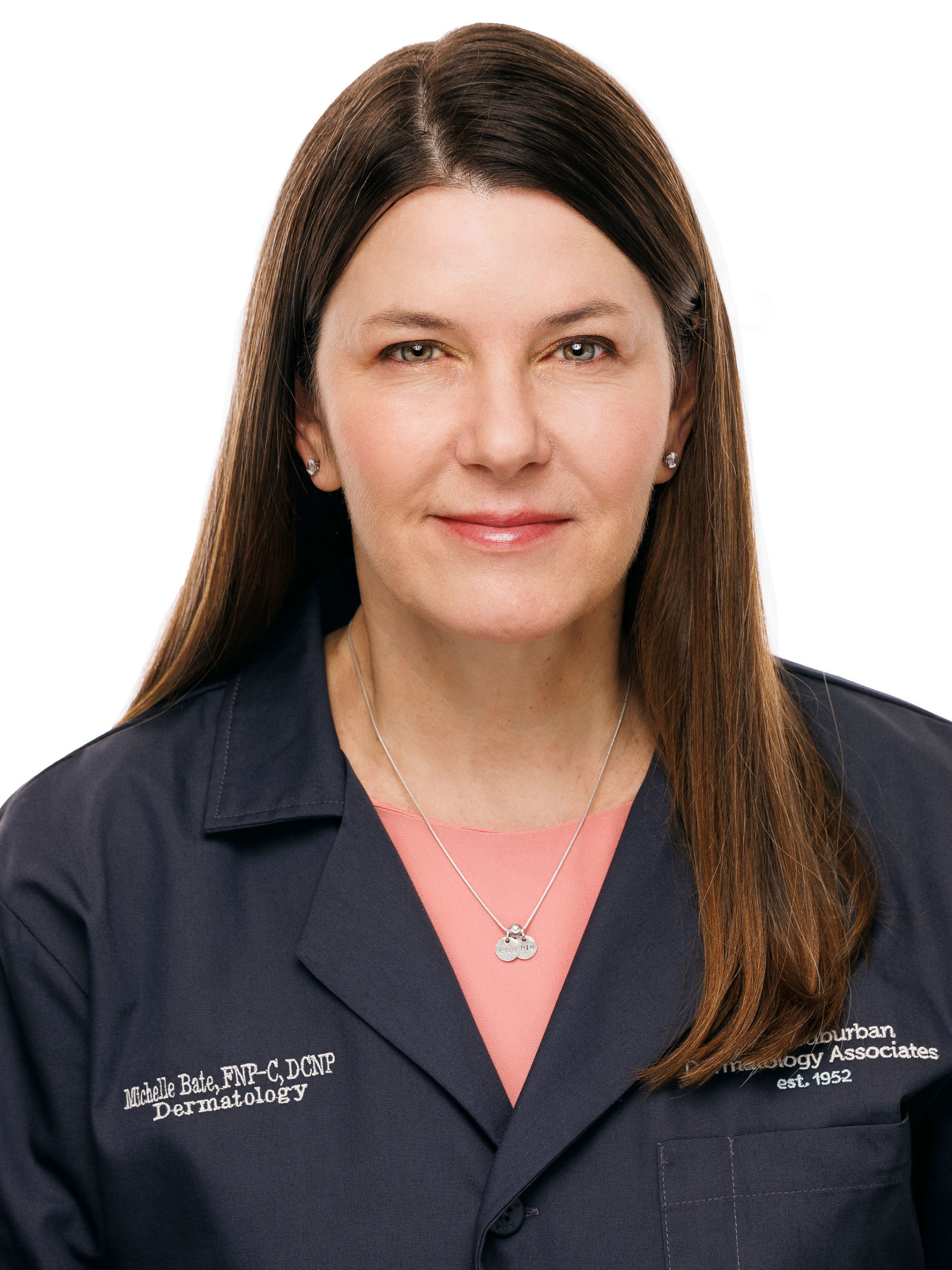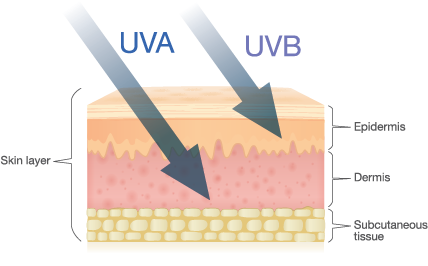July is Ultraviolet Safety Month

By: Michelle Bate, FNP-C, DCNP
July is Ultraviolet Safety Month!
Summertime is finally here once again! At North Suburban Dermatology Associates, we’re looking forward to enjoying the sunshine just as much as anyone else. In honor of Ultraviolet Safety Month, I would like to provide you with some educational information and tips in order to keep your skin safe while still doing the things you love all summer long.

The sun’s powerful rays.
The sun produces UVA (ultraviolet A) and UVB (ultraviolet B) radiation that causes damage to the DNA in skin cells. UVA has a longer wavelength and causes the skin to age, while UVB rays cause the skin to burn. Skin damage from UV exposure is strongly associated with the development of skin cancer. Therefore, it is important to apply and reapply your sunscreen to keep your skin safe this summer and enjoy the beautiful outdoors.
When we talk about UV safety, or UV awareness we are referring to the precautions you can take in order to keep your skin healthy and safe. It is important to wear sunscreen with an SPF of at least 30; wearing sun-safe clothing, sunglasses, and hats also help to protect your skin. Avoiding direct sun exposure by seeking shade during peak hours 10:00 AM – 4:00 PM when possible is recommended.
Sunscreen 101
SPF stands for sun protection factor which is a measure of how much UV radiation (or solar energy) is required to produce a sunburn on protected skin. When choosing a sunscreen, use the 30/30 rule: find a sunscreen that has an SPF of at least 30 or more, and be sure to apply it 30 minutes prior to sun exposure. Sunscreen should be reapplied every 2 hours at least; and more frequently if you are sweating or in the water. Sunscreen should be used even when it is cloudy and when you are driving! Glass does not block UV rays.
There are two types of sunscreens. Chemical sunscreens take at least 20 minutes to be effective from the time of application and absorb UV rays. Active ingredients include oxybenzone, avobenzone, homosalate, and octinoxate.
Physical (also known as mineral) sunscreens are effective immediately and reflect the sun’s rays. The active ingredients are zinc oxide and/or titanium dioxide. These products are typically the better option for sensitive skin types, and do not typically irritate the eyes. Physical sunscreen may leave a white appearance on the skin, though some are made to appear sheer or tinted. These sunscreens are the best option for children and babies over 6 months of age.
Spray sunscreens may also be effective when applied properly. The nozzle should be held close to the skin and two slow passes may be necessary for coverage. The spray should be rubbed in after application. It is important to avoid inhaling sunscreen, and it should not be used on windy days. Sprays are typically chemical, not physical sunscreens.
Sun-safe clothing can provide a great barrier against UV damage and is an excellent choice when you’re in the water or if sweating. Sun protective clothing is labeled UPF which stands for ultraviolet protection factor. The higher the number, the fewer UV rays that can penetrate the clothing. To provide a little perspective, most cotton T–shirts only provide a UPF of 5 and do not protect your skin well – so wearing a T-shirt in the pool may not be doing much! Look for a UPF between 30 – 50, as this will best help to protect your skin. A hat with a wide brim of at least 3 inches and UV-blocking sunglasses are important protection as well. Don’t forget to apply your sunscreen to any areas that are uncovered such as ears, neck, and hands.
STAY SAFE IN THE SUN AND HAVE A WONDERFUL SUMMER!
And of course, don’t forget to schedule your regular full-body skin exam!
Early detection is key.

